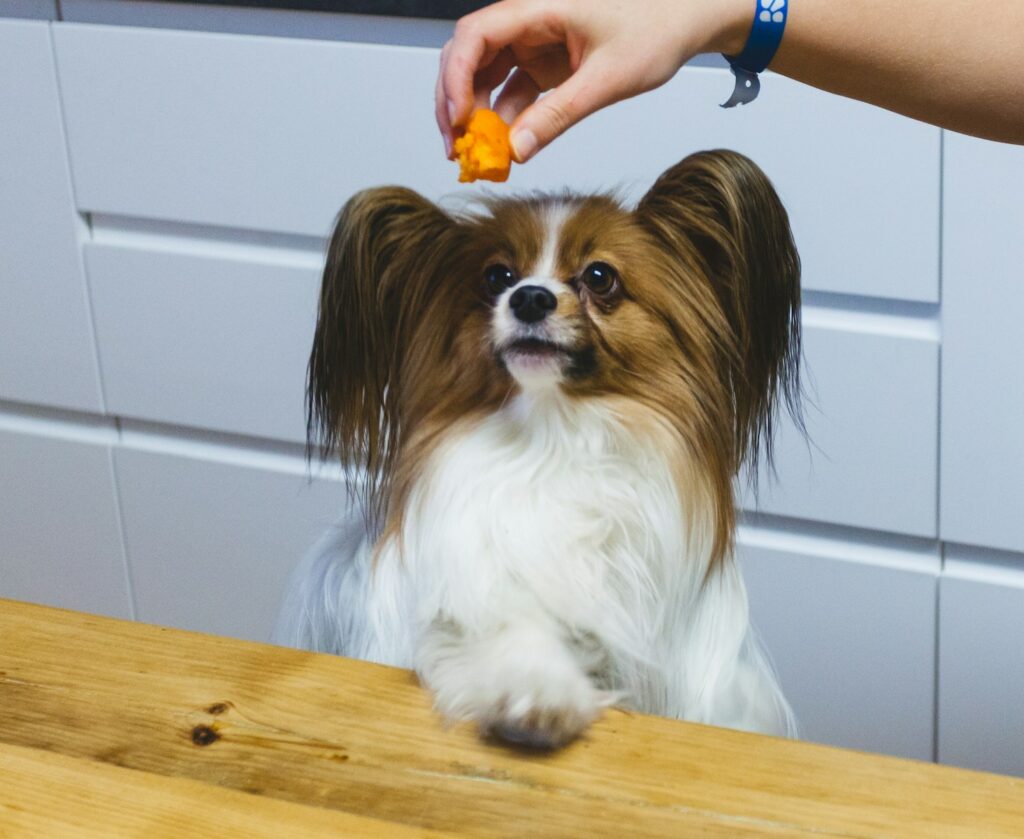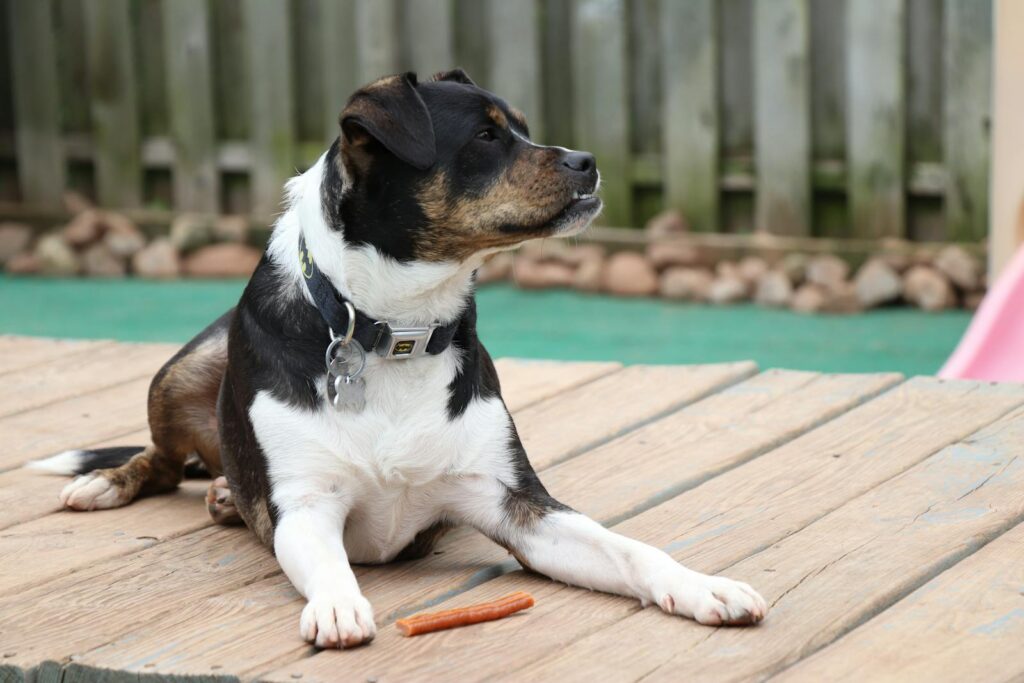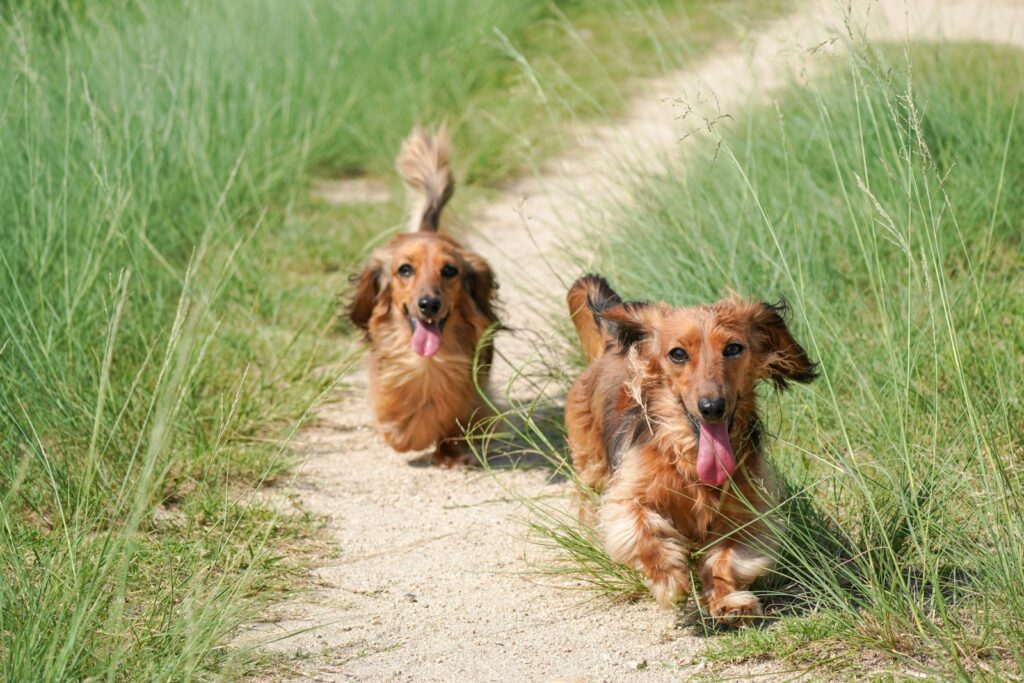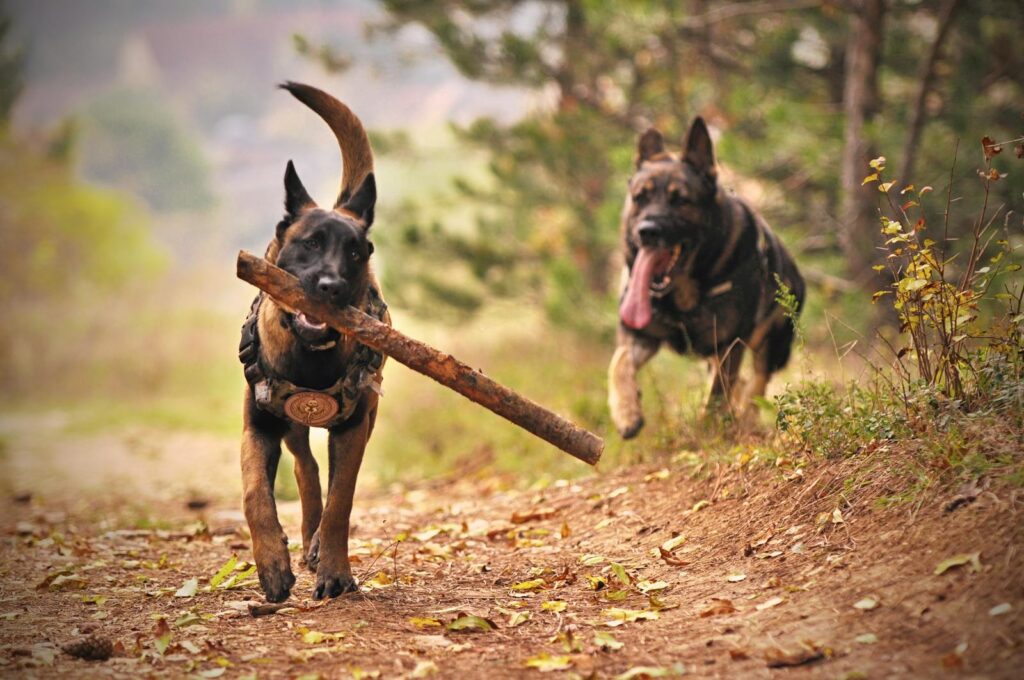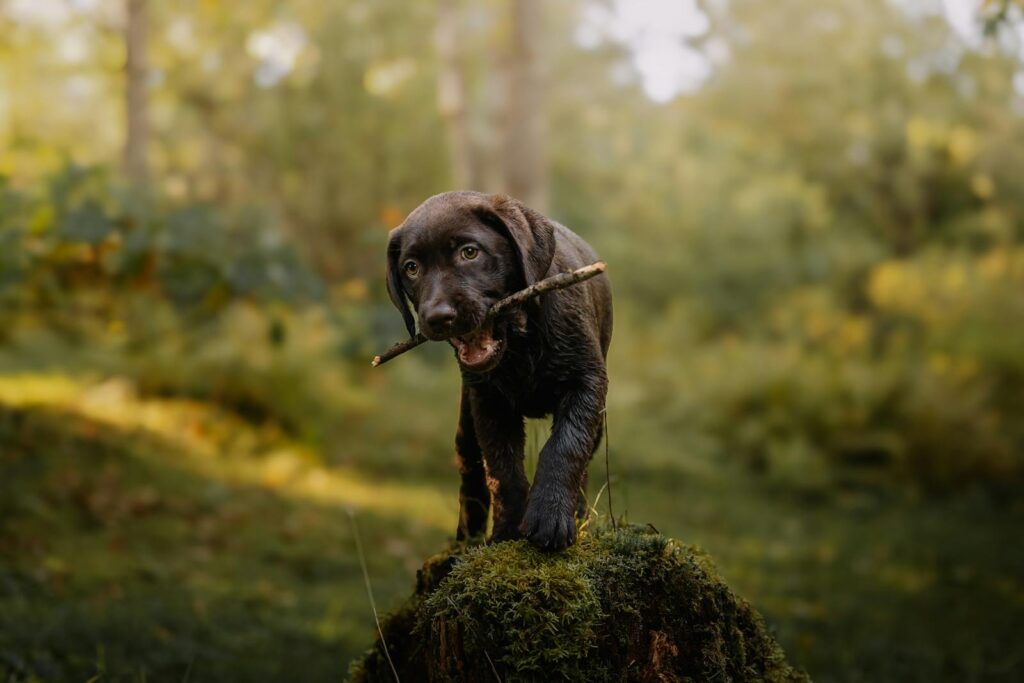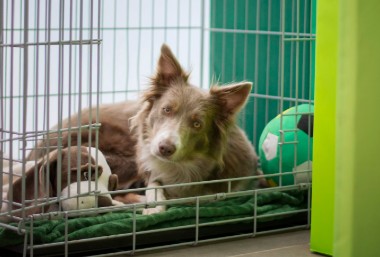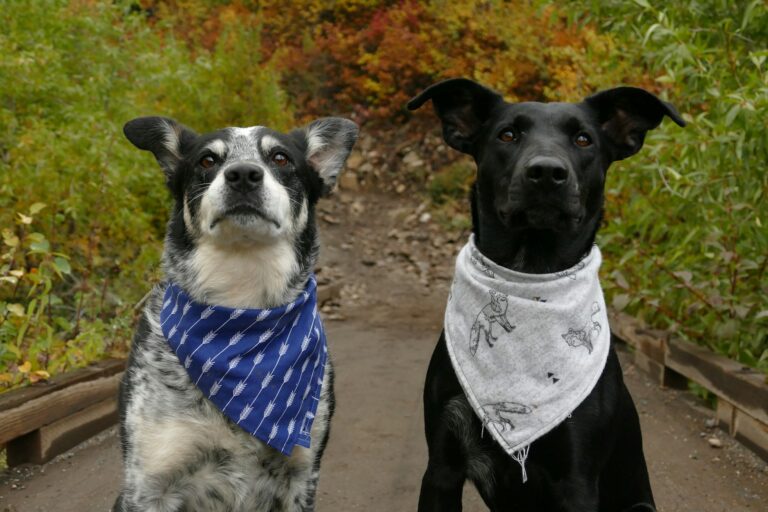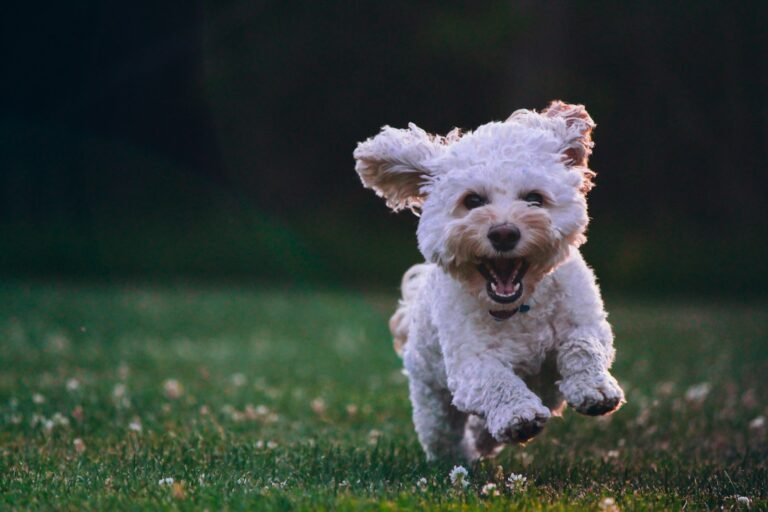Why Every Dog Owner Should Teach the ‘Leave It’ Command

One of the most essential dog commands every owner should teach is “Leave It.” This simple yet powerful command can prevent accidents, stop bad habits, and keep your dog safe in various real-life situations. Whether it’s avoiding dangerous objects, toxic foods, or unwanted distractions, a well-trained “Leave It” command can make all the difference in keeping your pup out of trouble.
At Off Leash K9 Training Missoula, we emphasize teaching dogs commands that improve their safety and behavior. Here’s why every dog should learn “Leave It” and how you can train your pup to master it.
Why ‘Leave It’ Is One of the Most Important Safety Commands
Dogs are naturally curious and use their mouths to explore. Unfortunately, this can lead to dangerous situations, such as:
✔ Picking up toxic foods (chocolate, grapes, or onions)
✔ Sniffing or eating harmful objects (medications, sharp items, or garbage)
✔ Chasing wildlife, moving cars, or other dogs
✔ Grabbing forbidden items (shoes, furniture, or children’s toys)
By teaching “Leave It”, you can instantly redirect your dog’s focus and prevent them from making unsafe choices.
Step-by-Step Guide to Teaching ‘Leave It’
Training your dog to leave objects alone takes patience and consistency. Follow these steps to ensure success:
Step 1: Start with a Treat in Your Hand
- Hold a treat in your closed fist and let your dog sniff or paw at it.
- The moment they stop trying to get the treat, say “Yes!” and reward them with a different treat from your other hand.
- Repeat several times until they understand that ignoring the treat gets them a reward.
Step 2: Introduce the Verbal Cue
- When your dog stops reaching for the treat, say “Leave It” before presenting your closed fist.
- If they leave it alone, reward them with a treat from your other hand.
- Practice until your dog responds to “Leave It” right away.
Step 3: Practice on the Floor
- Place a treat on the floor and cover it with your hand.
- Say “Leave It” and wait for your dog to stop trying to get it.
- Reward them with a different treat when they back off.
- Once they’re successful, practice with the treat uncovered, but be ready to cover it if needed.
Step 4: Train with Real-Life Distractions
- Use toys, food, or household items as distractions and practice the command.
- Gradually increase difficulty by practicing outside or in busier environments.
- Always reward your dog for successfully ignoring distractions when you say “Leave It.”
Real-Life Scenarios Where ‘Leave It’ Is Crucial
Preventing Food Poisoning – If your dog tries to eat something toxic (like chocolate or grapes), saying “Leave It” can stop them in their tracks.
Avoiding Dangerous Objects – Whether it’s broken glass, medicine, or sharp objects, the command helps keep your dog safe.
Curbing Problem Behaviors – If your dog likes to grab shoes, furniture, or clothing, “Leave It” teaches impulse control.
Managing Outdoor Distractions – From squirrels to trash on the sidewalk, using “Leave It” prevents pulling, lunging, or scavenging.
Ensuring Safe Interactions – If another dog seems unfriendly, commanding your dog to leave it can prevent negative encounters.
How Professional Training Can Help
While teaching “Leave It” is possible at home, some dogs struggle with distractions, impulse control, or following commands in high-energy environments. That’s where professional training makes a difference!
At Off Leash K9 Training Missoula, we:
✅ Teach reliable impulse control techniques
✅ Help dogs generalize “Leave It” in real-world scenarios
✅ Strengthen obedience and focus, even with distractions
Ensure Your Dog Listens When It Matters Most
If you want your dog to respond to “Leave It” in any situation, we’re here to help!
📞 Call (406) 946-3037 or fill out our contact form to schedule a FREE consultation!
Let’s work together to keep your dog safe, obedient, and well-trained!


